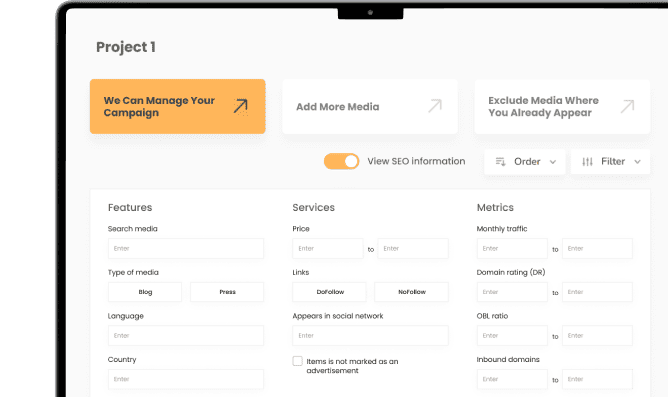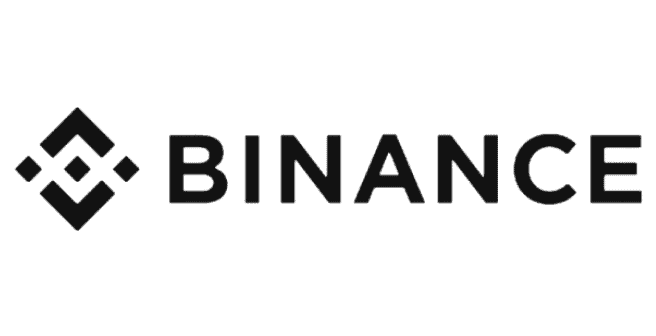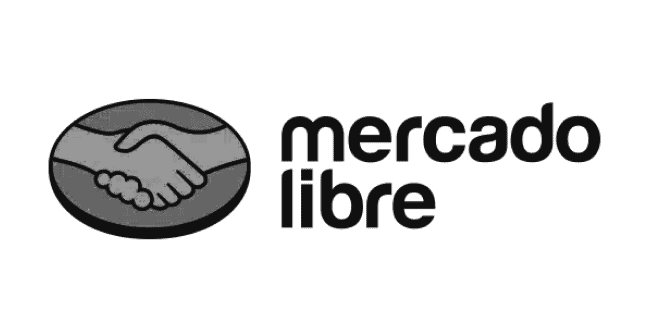
When we perform link building, strategies are primarily divided between creating new posts and inserting links into existing content. Both involve placing a link on a website or blog, either through a new post or by editing already published articles.
What is new post creation?
New post creation in link building is a strategy that involves generating original and valuable content on external websites with the goal of obtaining backlinks to your own site. These links are essential for improving search engine rankings, as they act as a signal of trust and authority for Google and other search engines. By obtaining links from relevant and high-quality sites, your page can gain more visibility and credibility, which in turn can increase organic traffic.
The process of new post creation involves writing content that is not only informative and engaging for users but also optimized for SEO, incorporating links to your site in a natural and relevant manner within the context of the content. These links can be included in different types of posts, such as guest articles, press releases, interviews, expert collaborations, and more.
Every time you publish content on high-authority sites with links pointing to your page, you strengthen your backlink profile, which improves your long-term SEO performance. Additionally, new posts can generate direct traffic if users find and click on the links within the content.
Key data from our latest study
- 92.9% of posts in 2024 were new posts, with a 3.34% increase compared to 2023.
- The average cost per post is €174.86.
Advantages
- Allows targeting new keywords and current topics.
- Attracts quality organic traffic.
- Opportunity for branding and diversification.
Disadvantages
- Higher cost and creation time.
- Competition in ranking.
What is link insertion?
Link insertion is a practice within link building that involves adding links to existing content on other websites with the goal of redirecting traffic to your page or improving its SEO ranking. Unlike creating new content specifically for obtaining links, link insertion involves identifying articles, posts, or resources where a link to your site can be added in a relevant and natural way.
The key to effective link insertion is that it is done organically and the content to which the link is added is relevant and authoritative. If done correctly, link insertion can provide a significant boost to your SEO strategy, increase the visibility of your page, and attract additional traffic, all without the need to create new content from scratch.
Key data from our latest study
- It represents 7.1% of strategies in 2024, a decrease from 10.1% in 2023.
- It is faster and more economical than creating new posts.
Advantages
- Quick implementation and lower cost.
- Strengthens already ranked content.
Disadvantages
- More limited impact.
- Less innovation in the SEO strategy.
Direct comparison
| Feature | New Posts | Link Insertion |
|---|---|---|
| Usage percentage (2024) | 92.9% | 7.1% |
| Average cost | High | Low/Medium |
| Long-term SEO impact | High | Medium |
According to our Link Building, PR, and Media Study 2025, new post creation remains the dominant strategy due to its ability to generate long-term value. However, link insertion is an effective tool for quick and cost-efficient results. Both strategies can complement each other within a well-structured campaign.
Check out the full study here.







